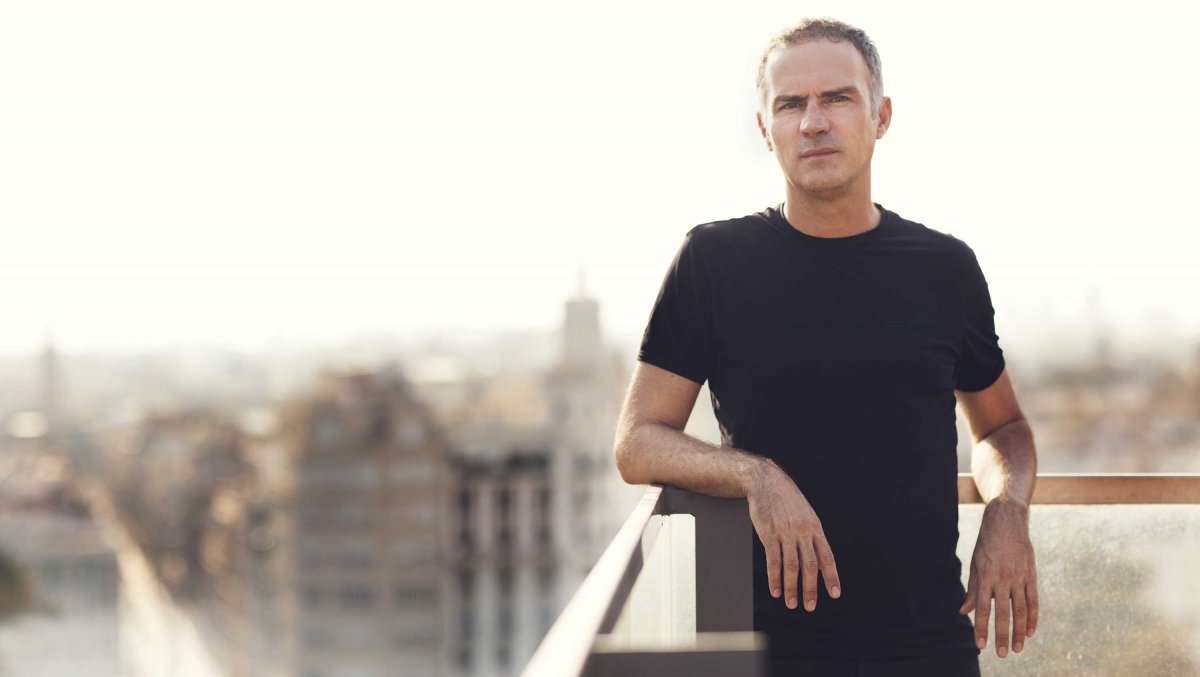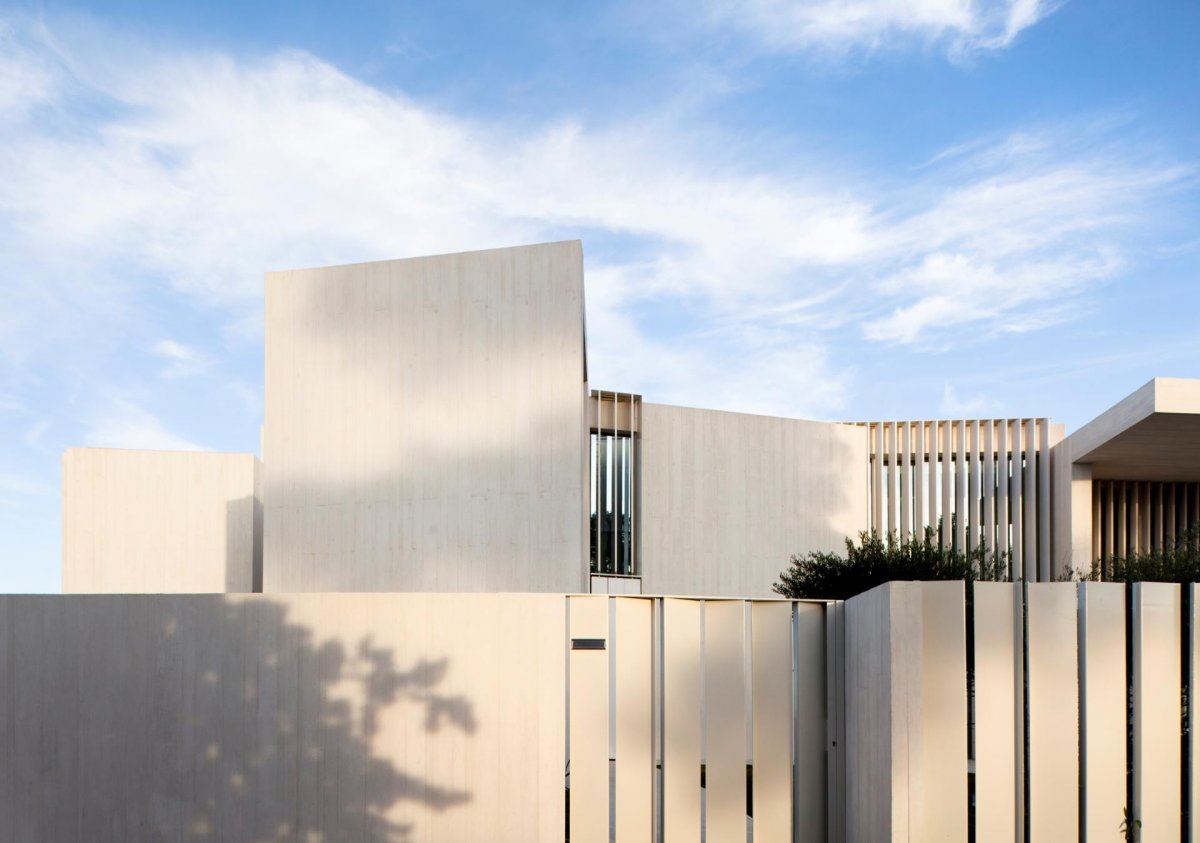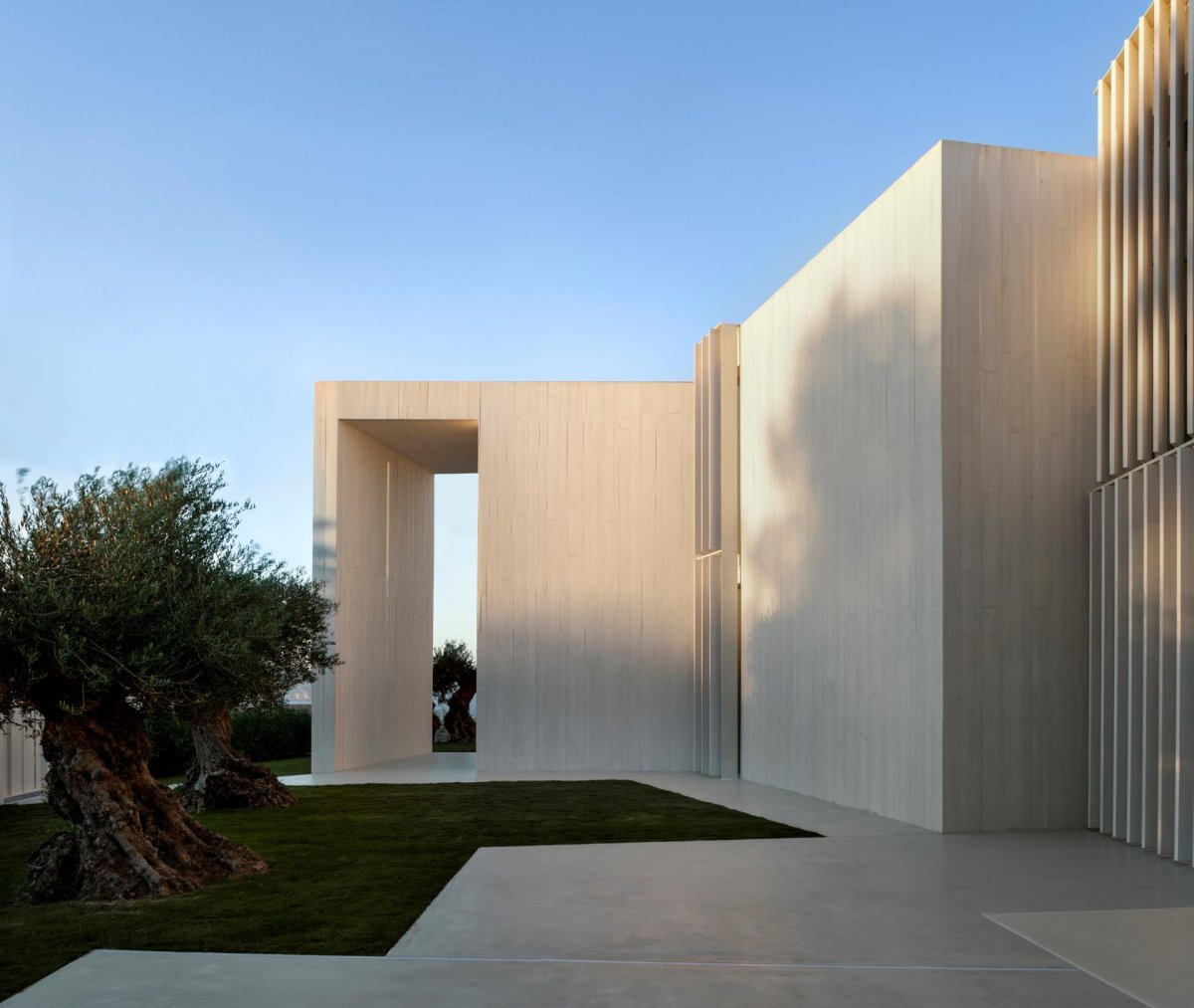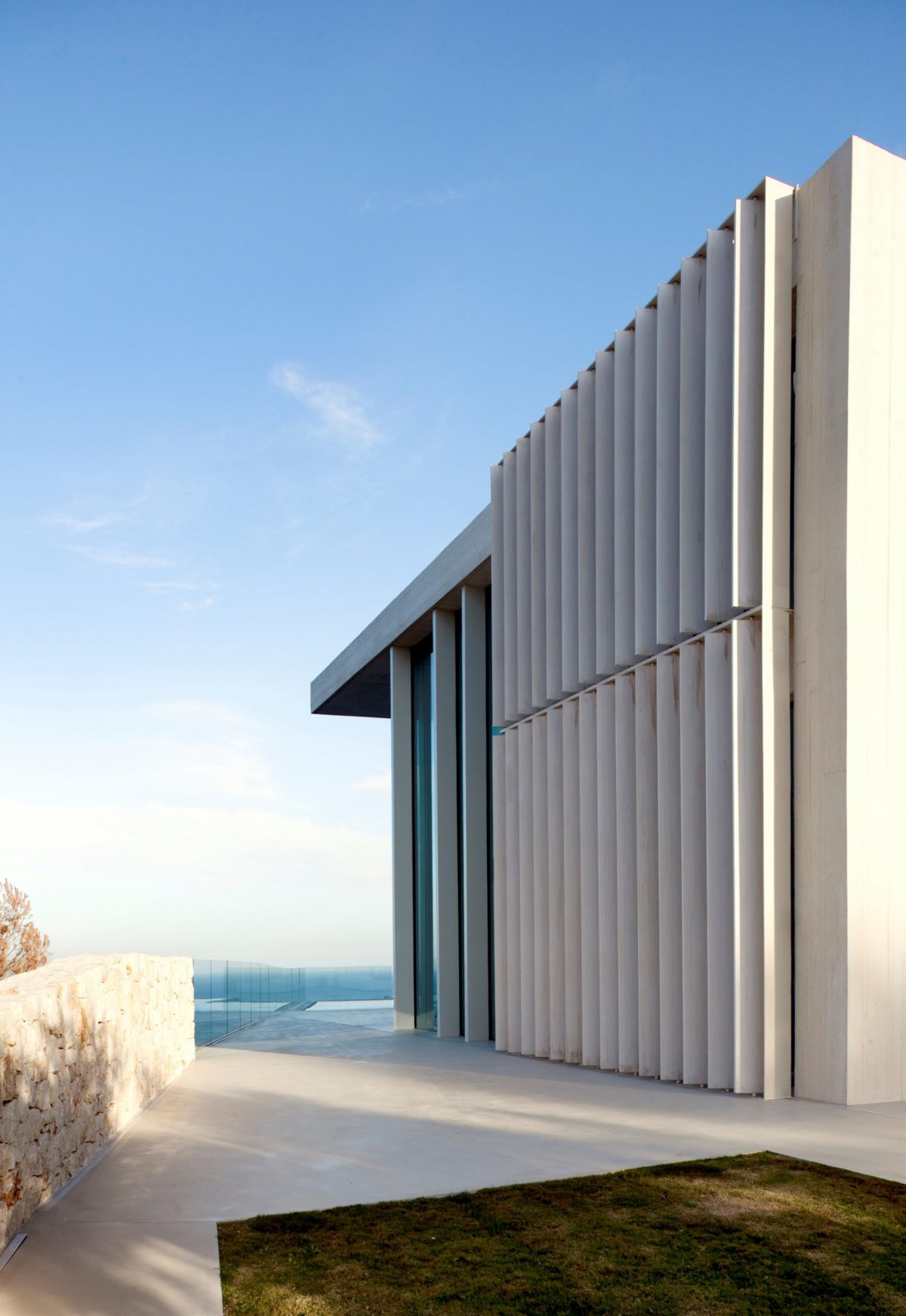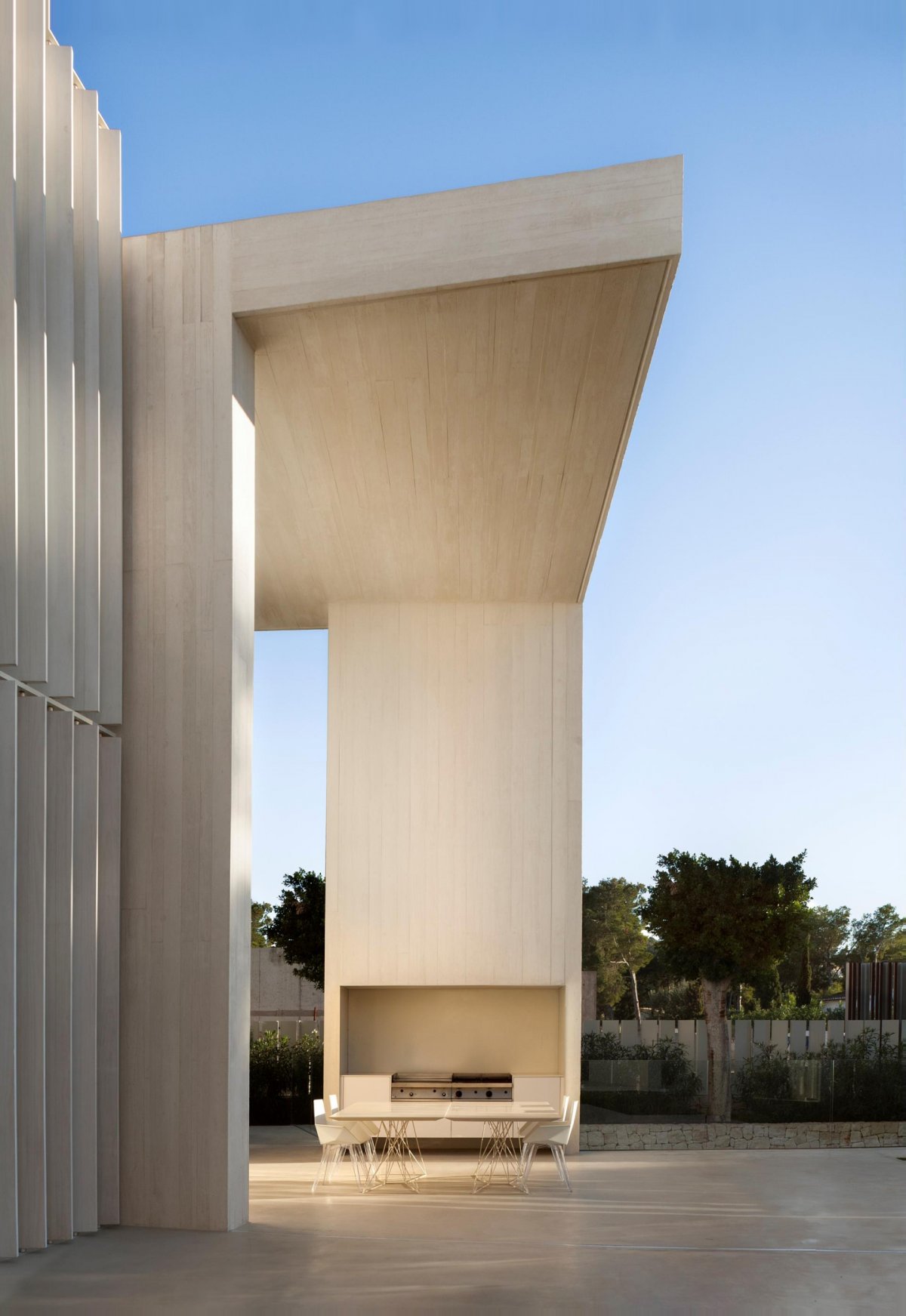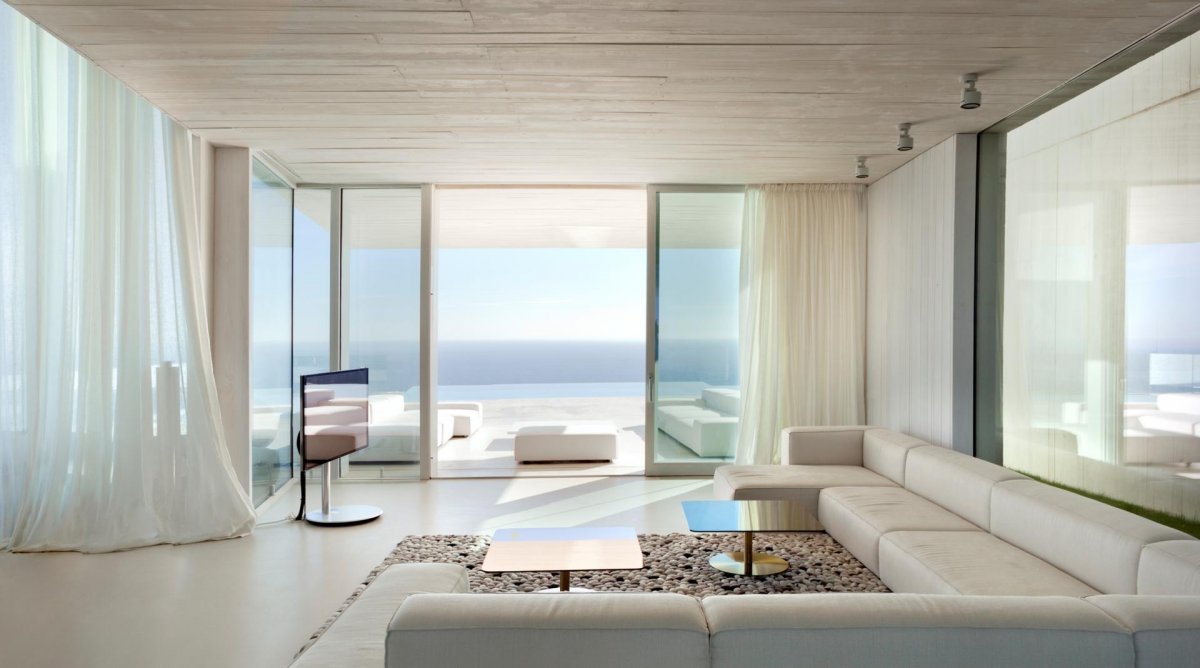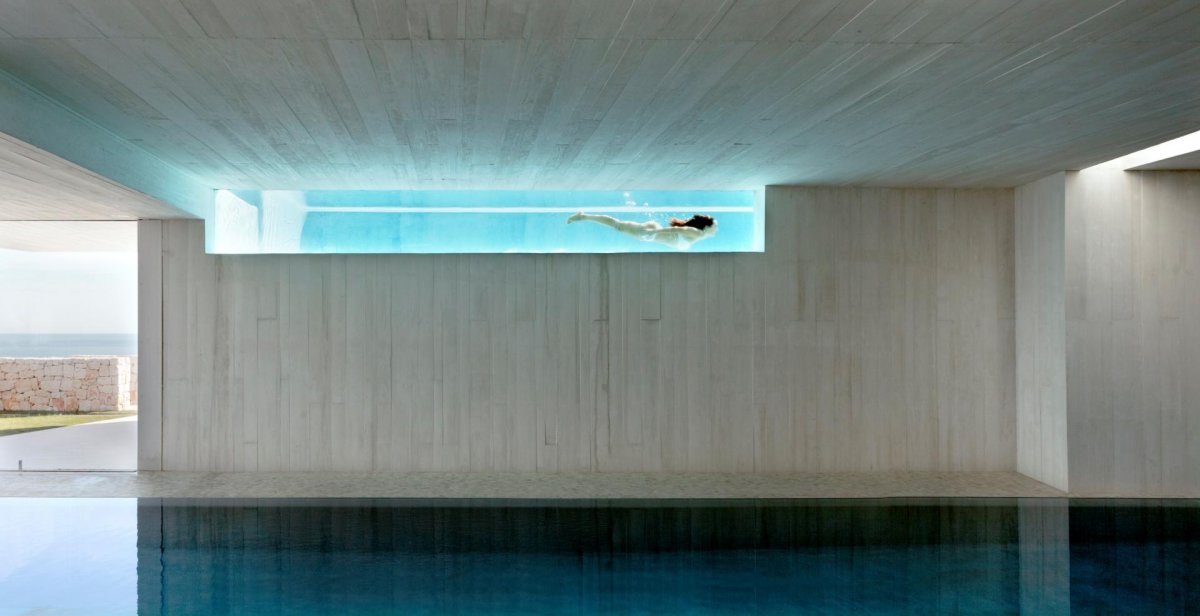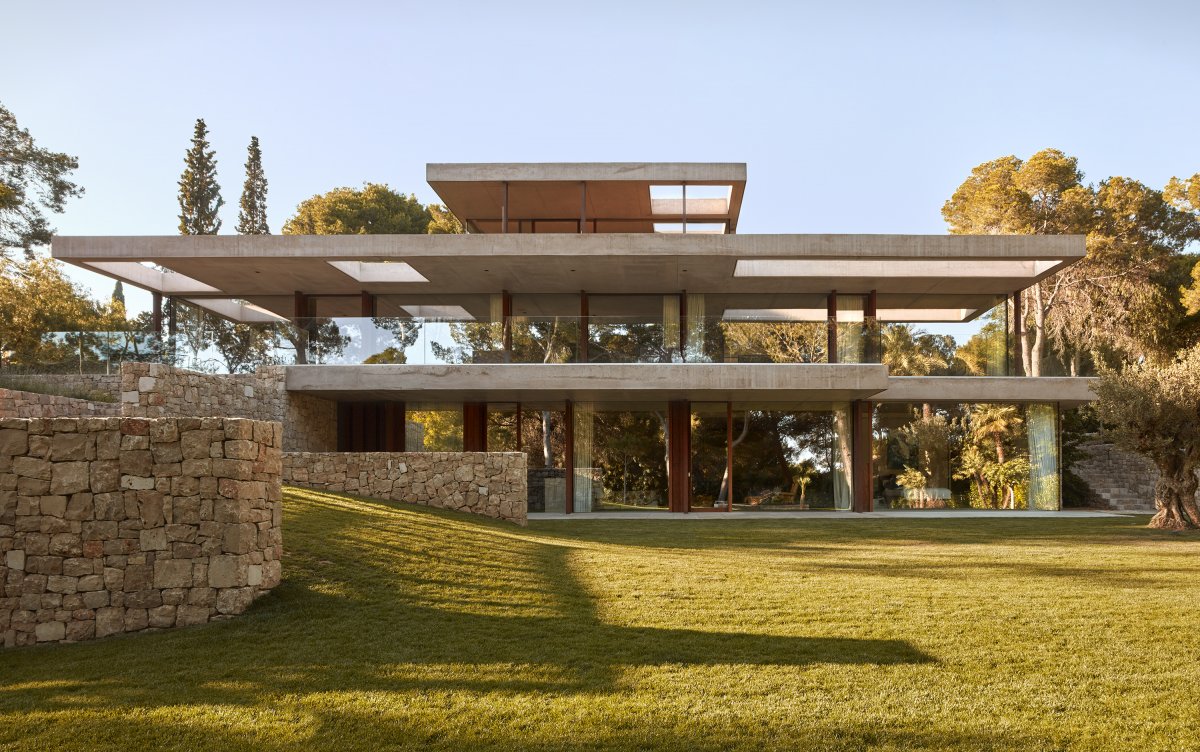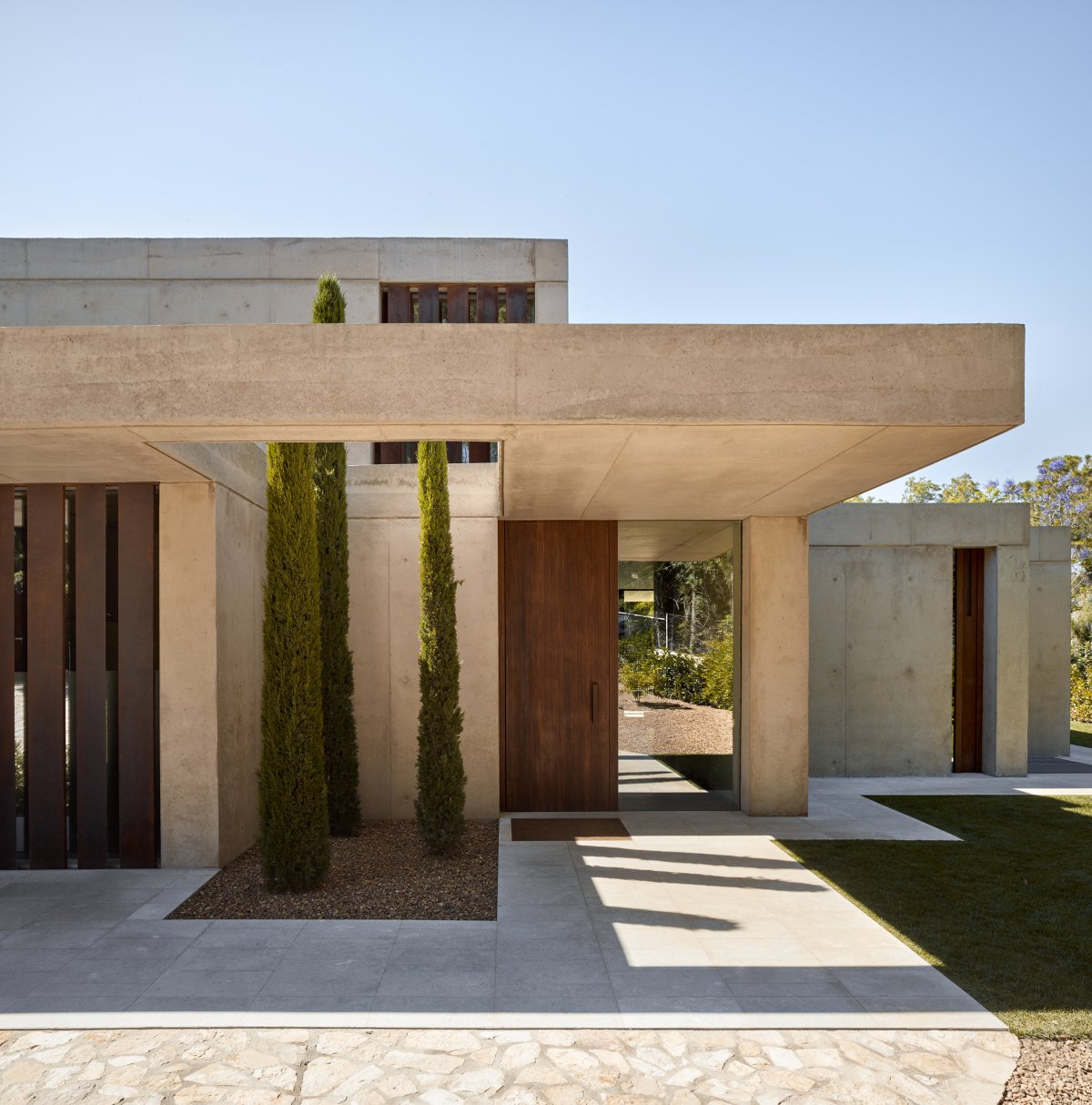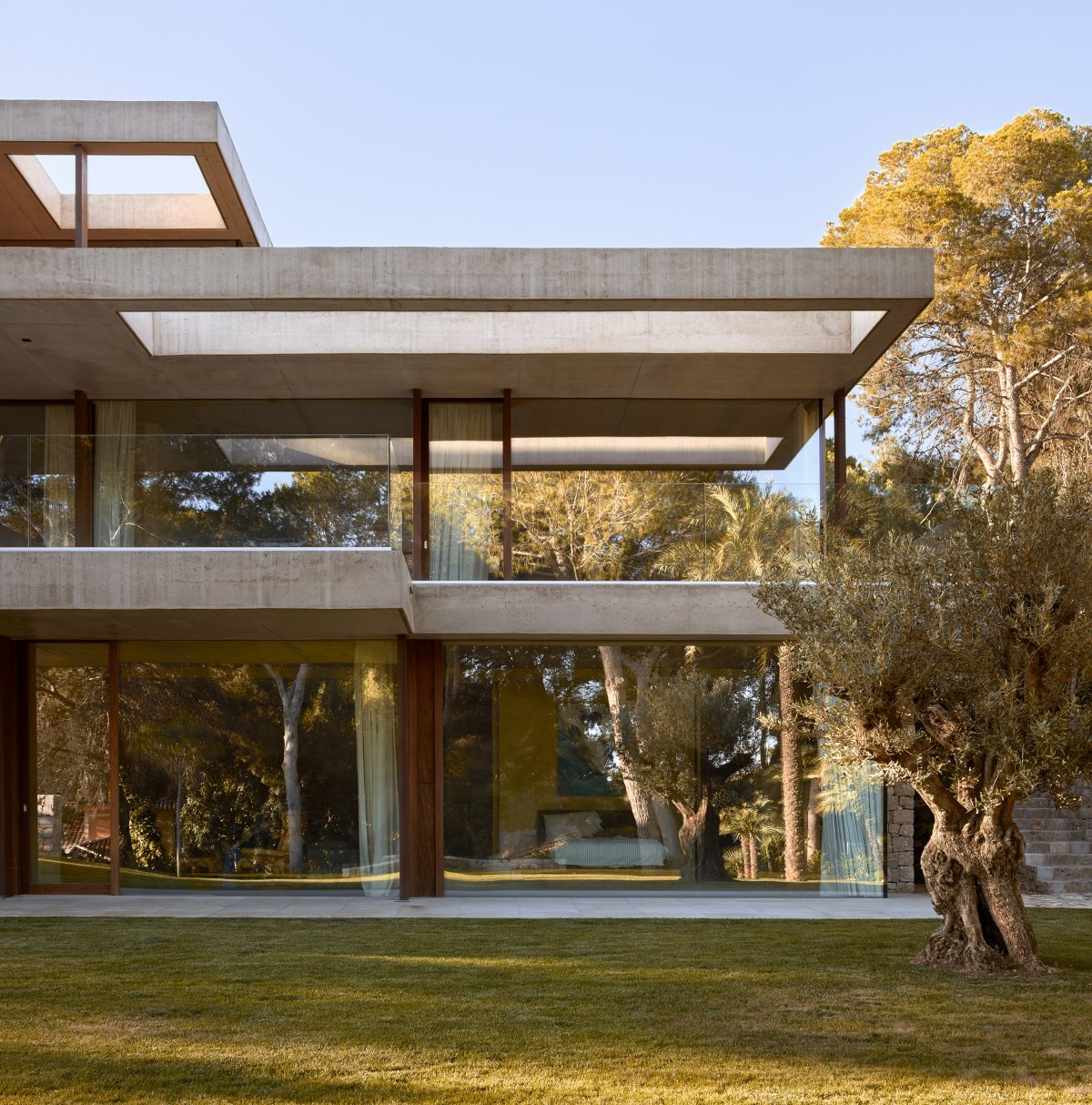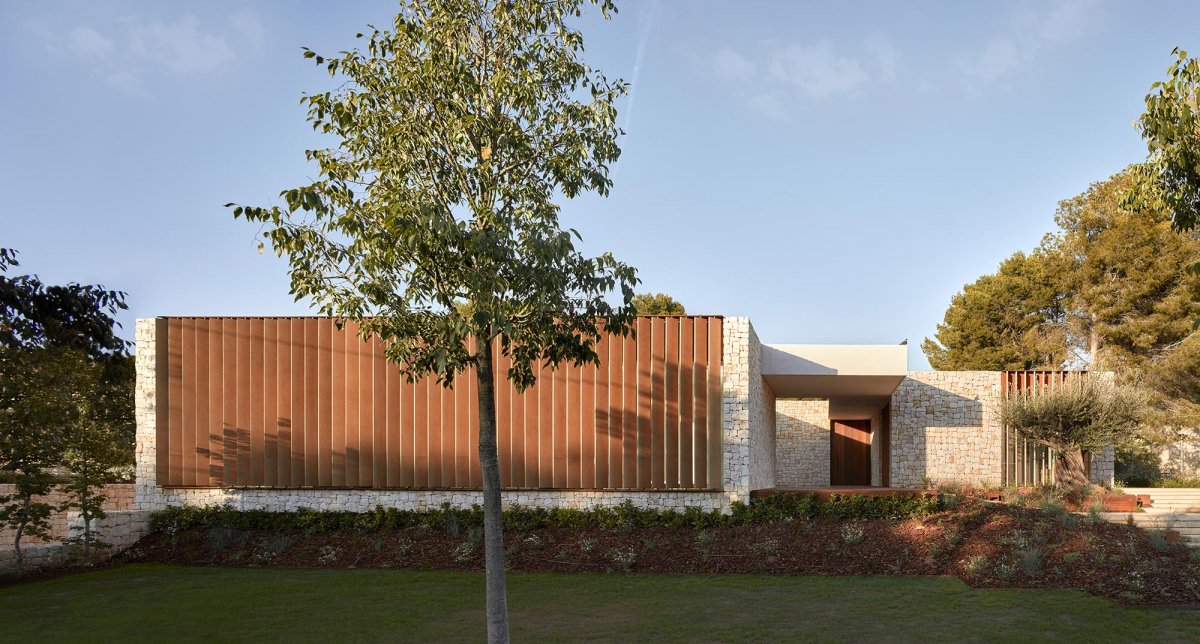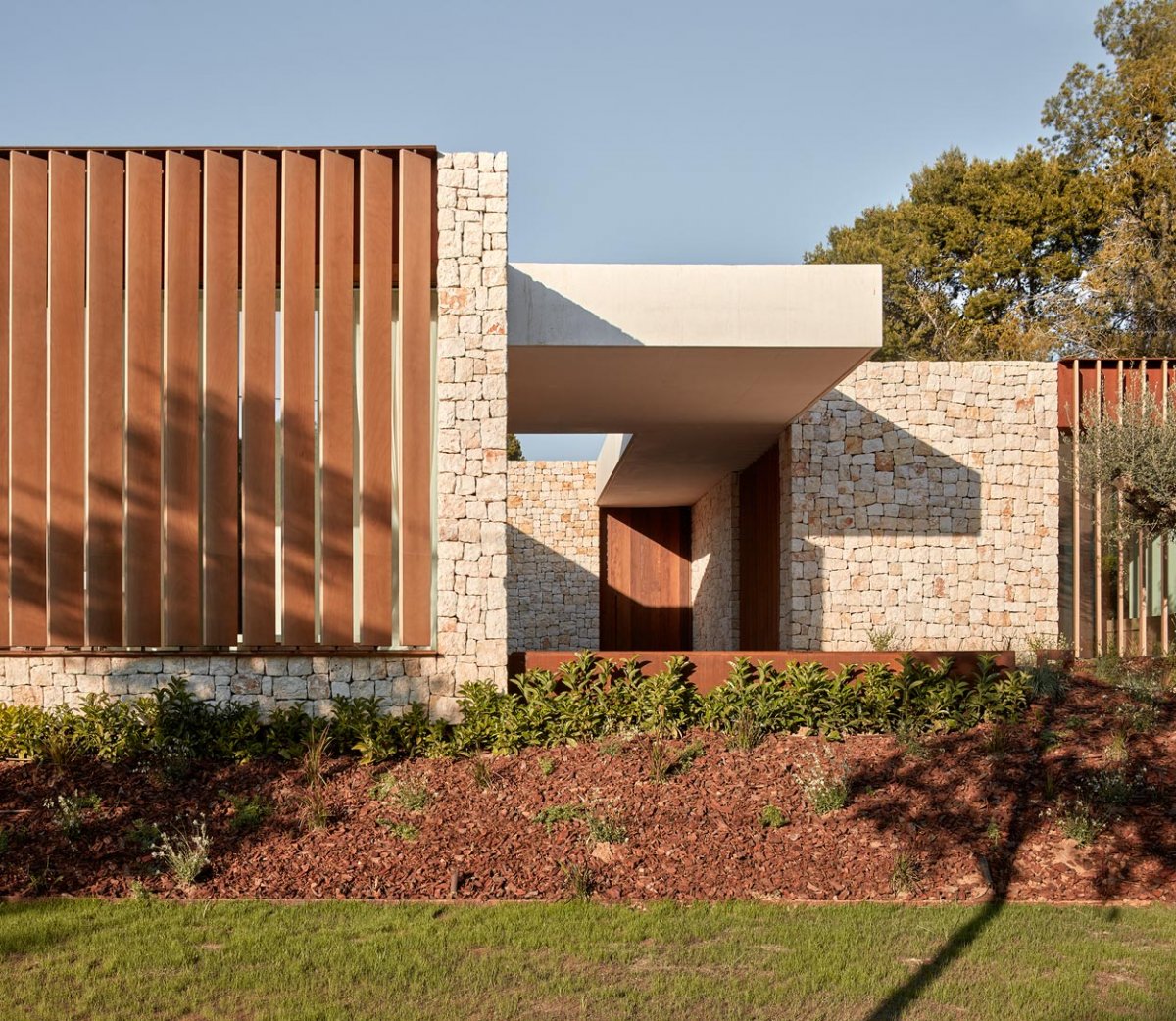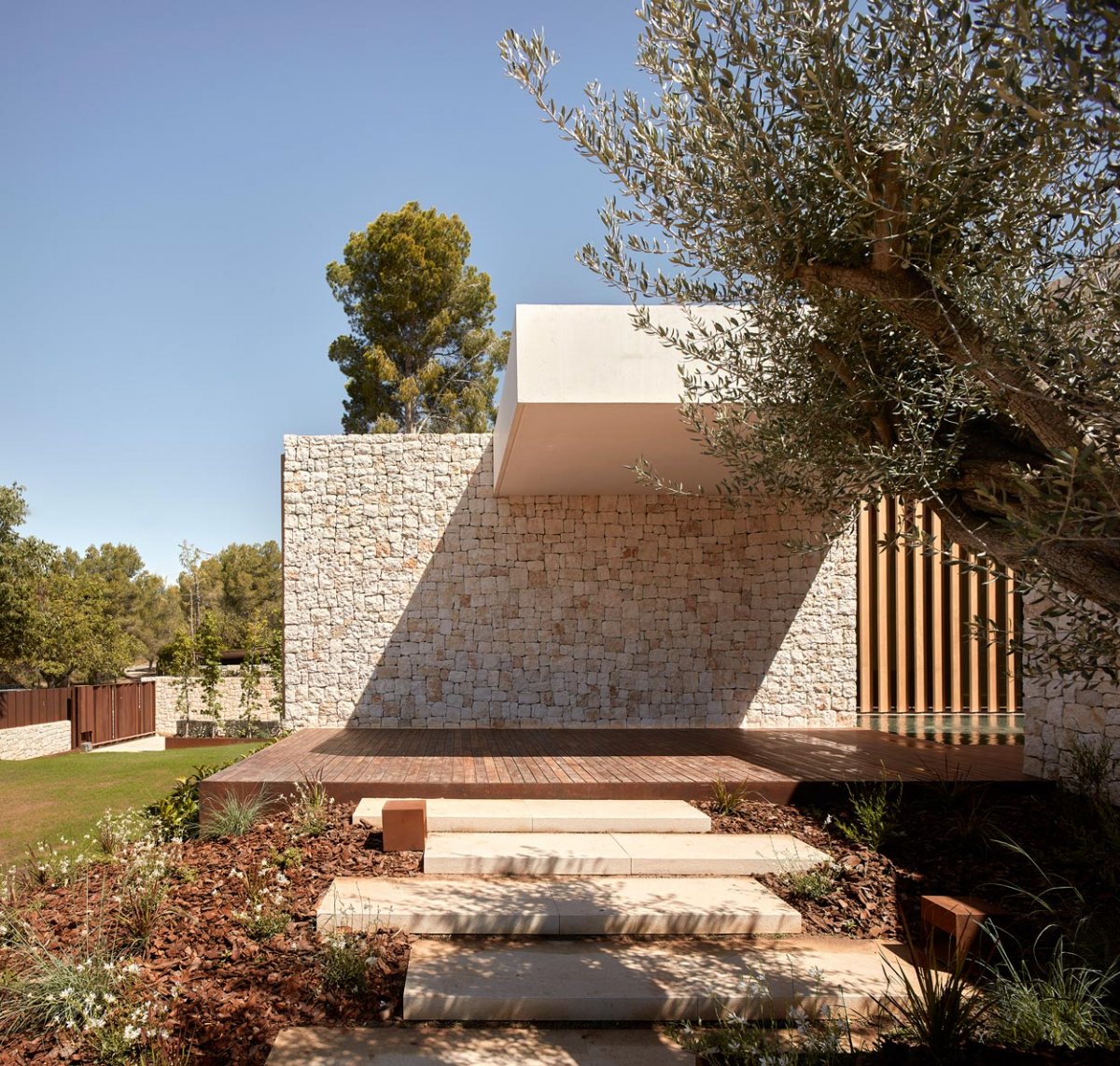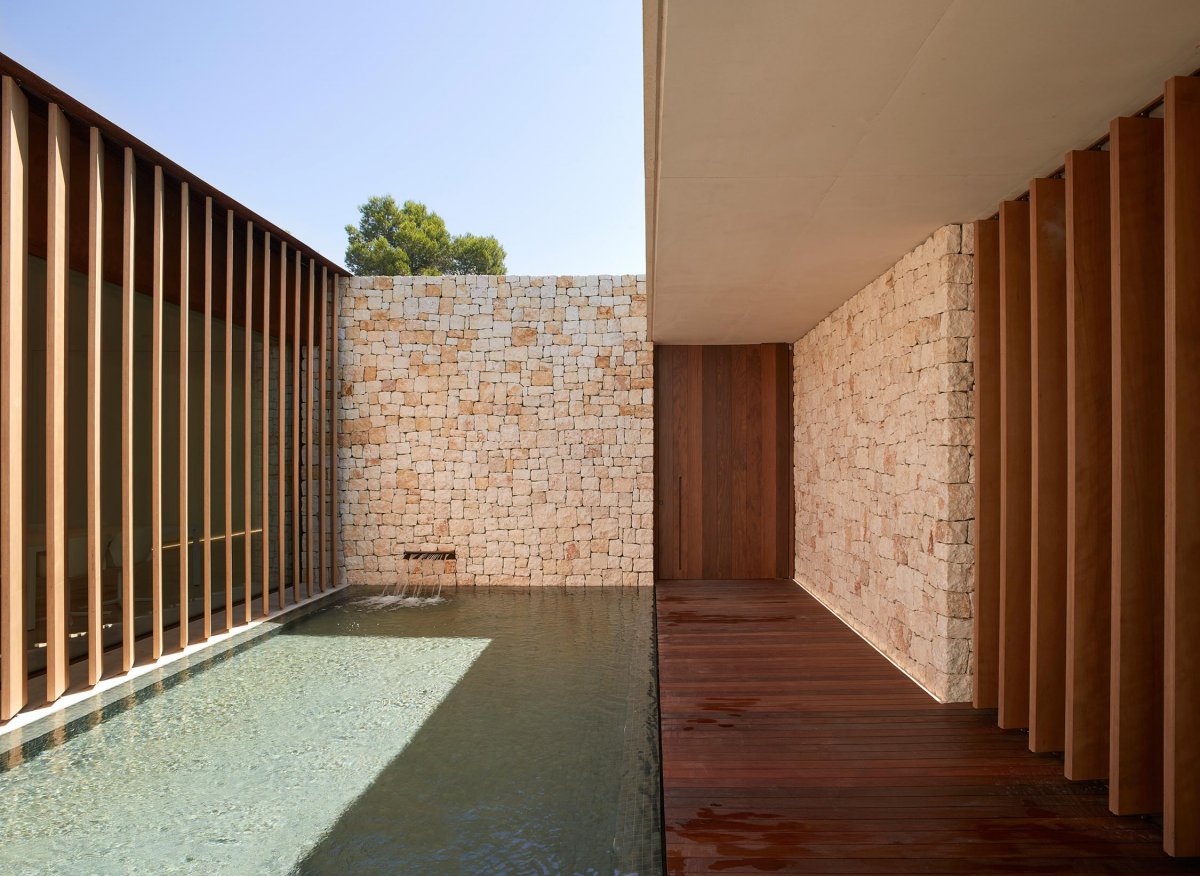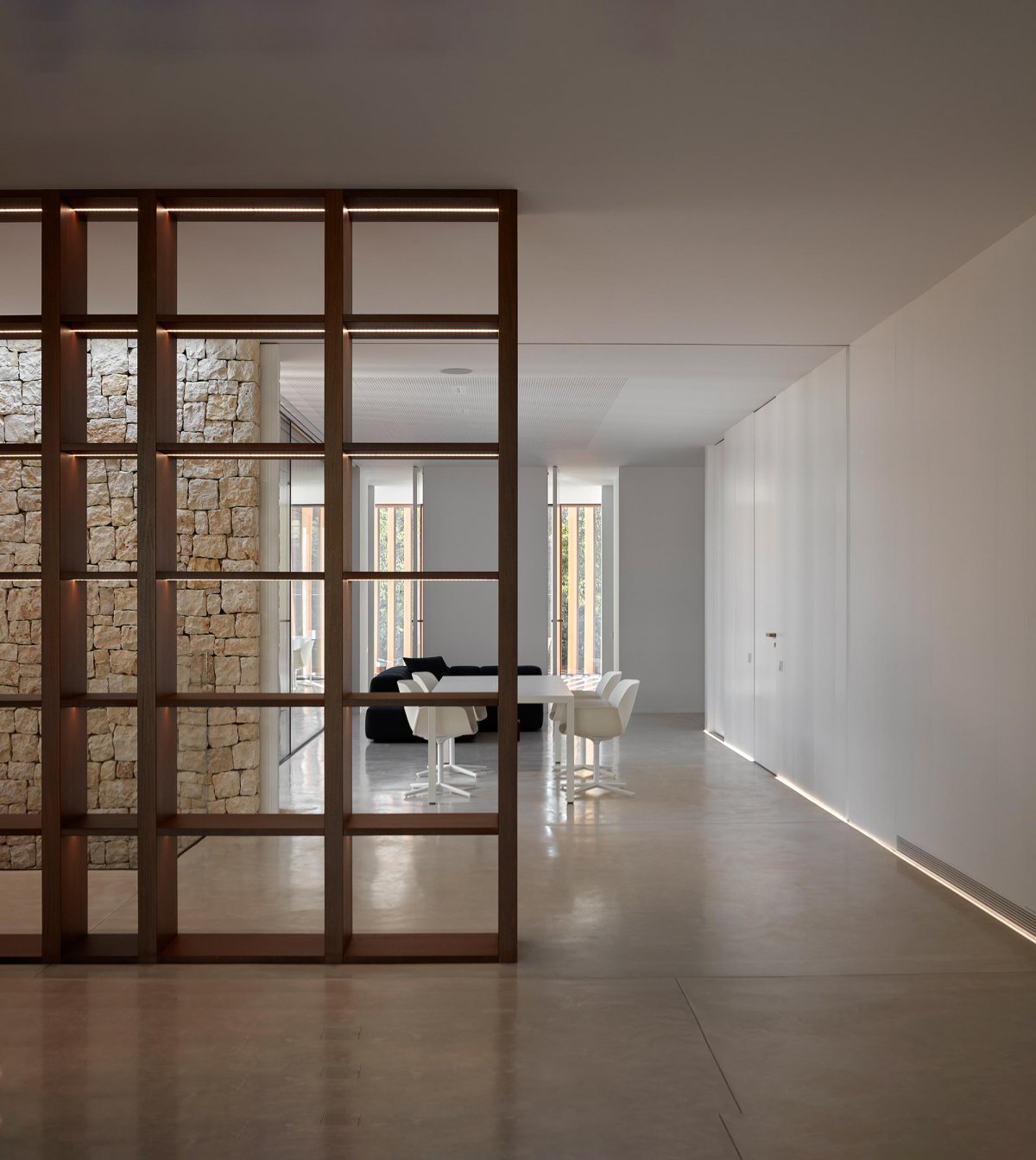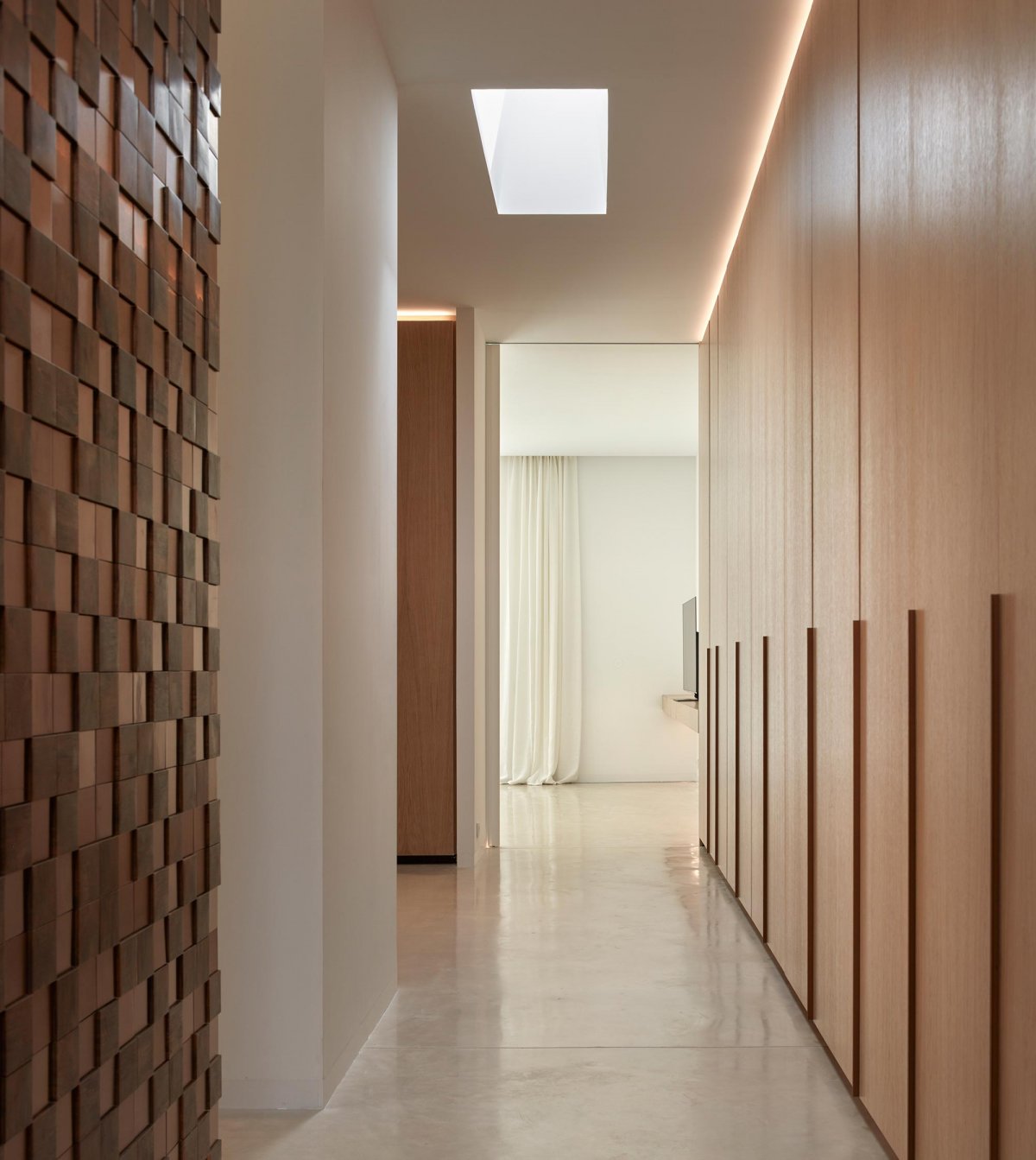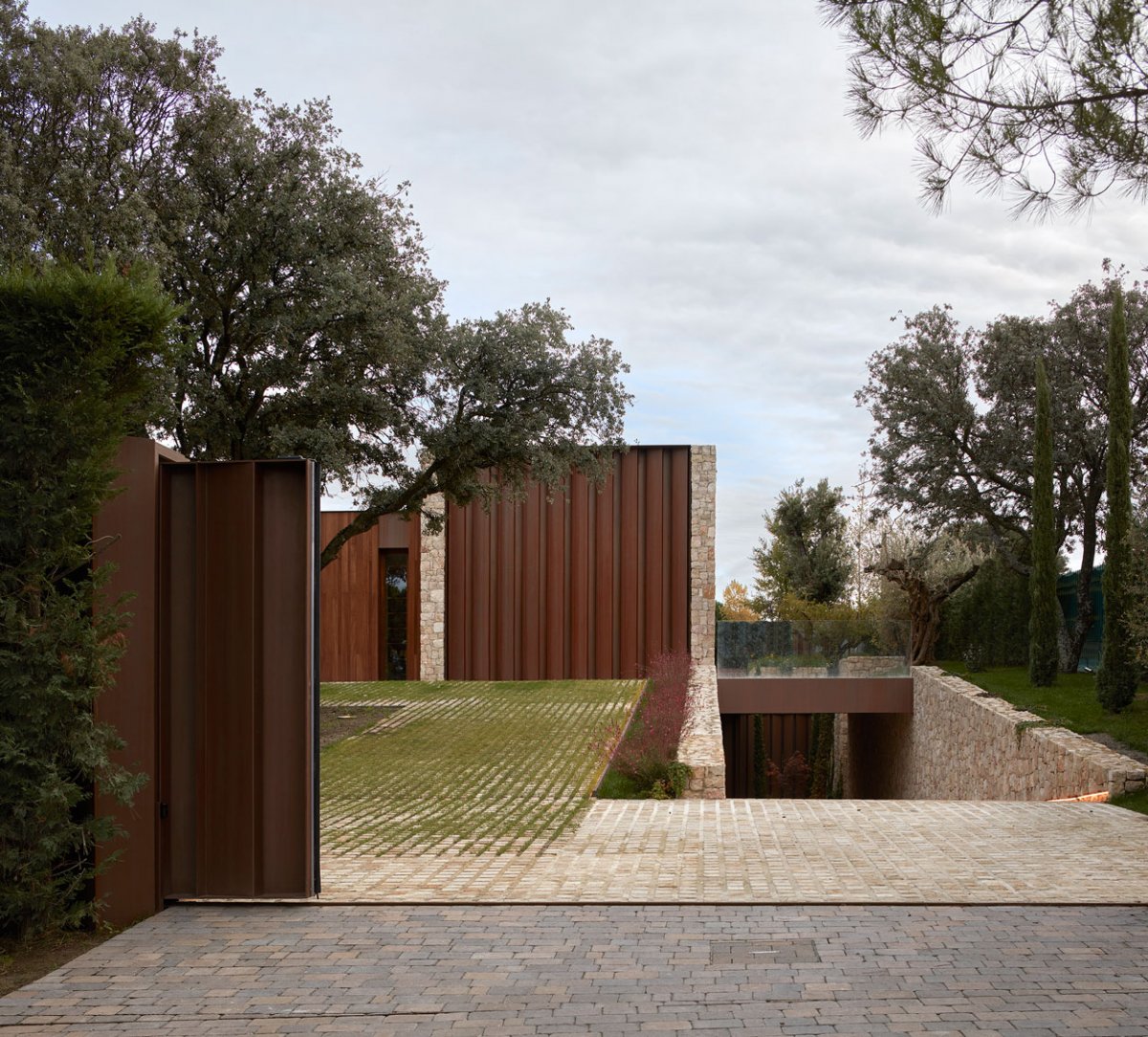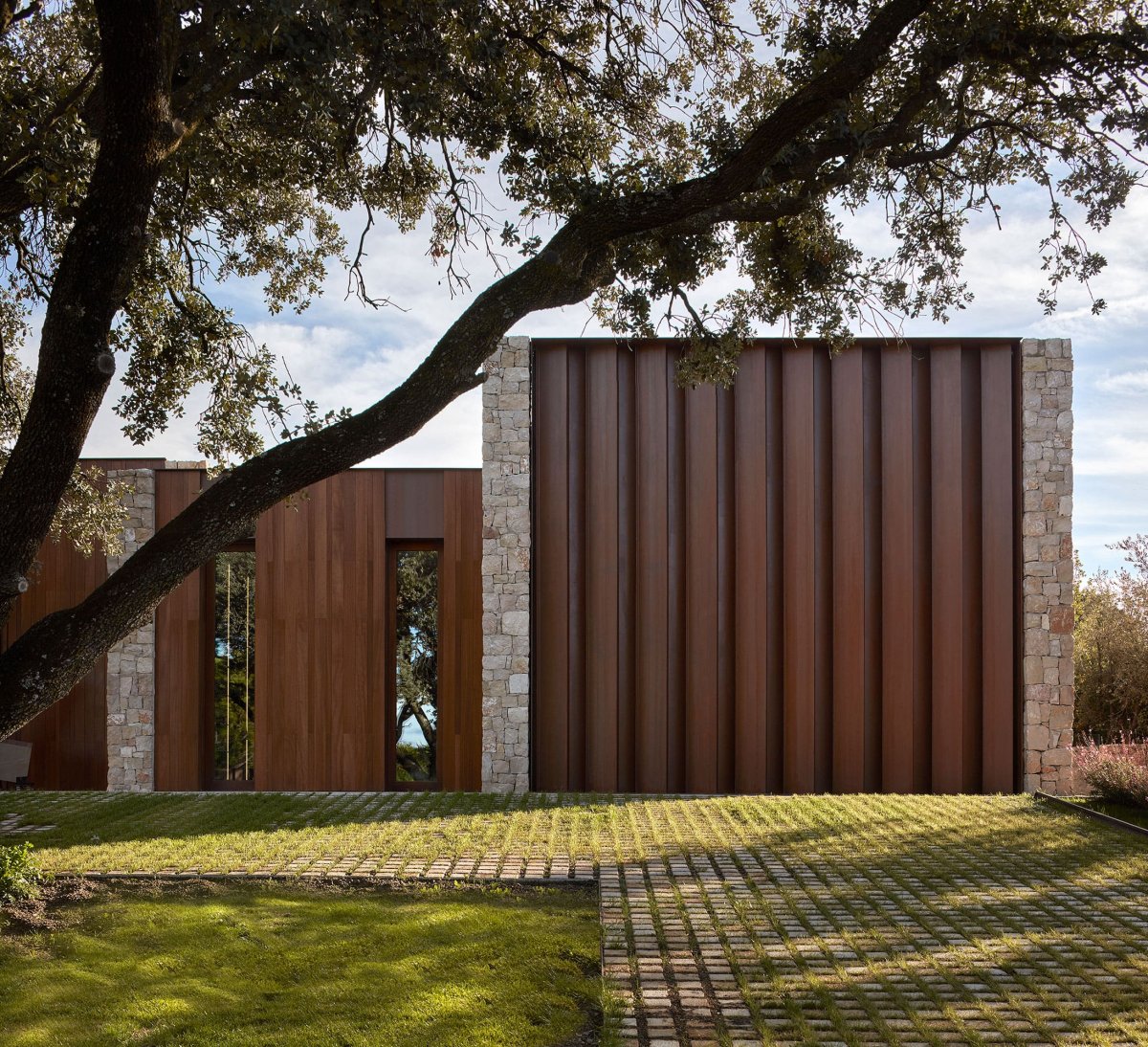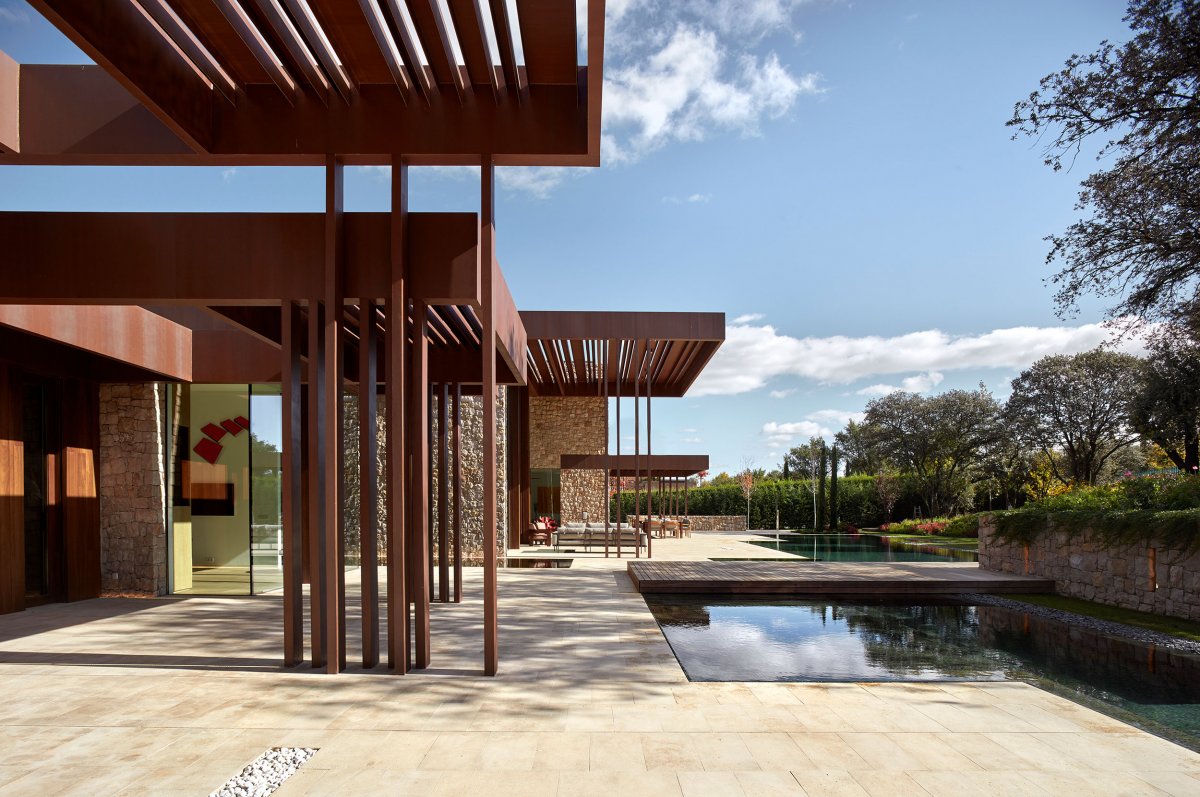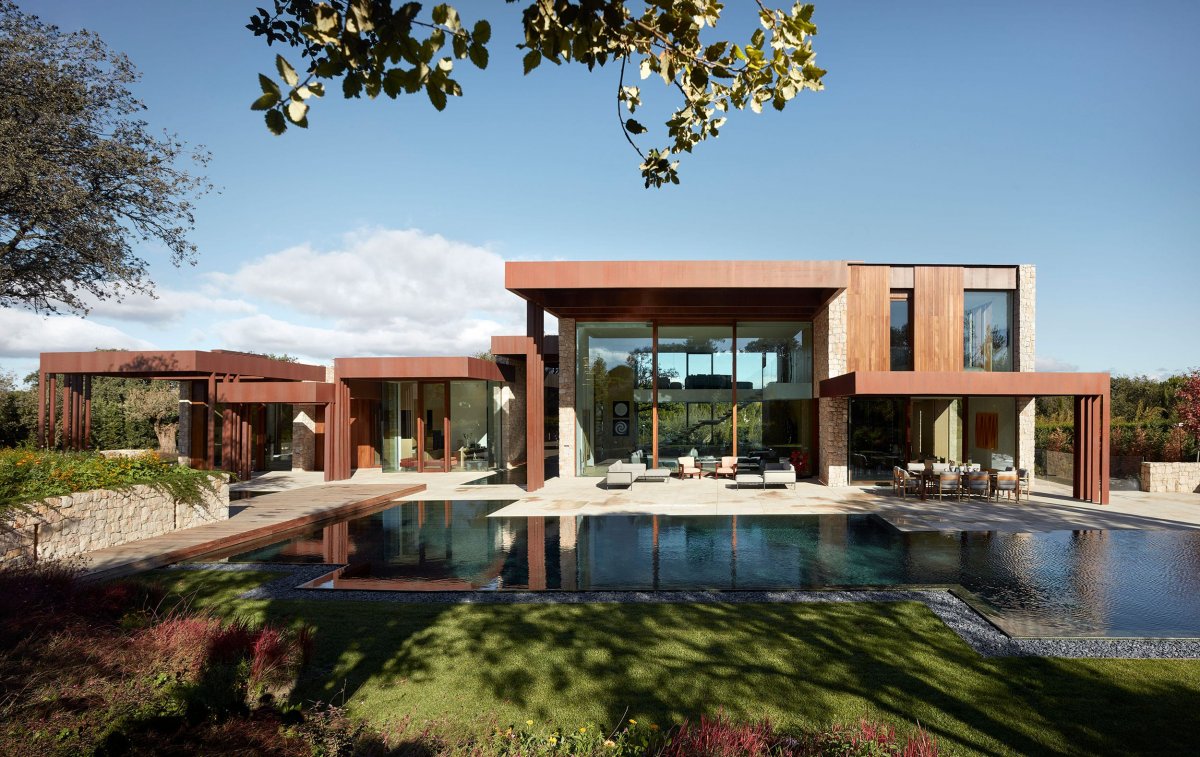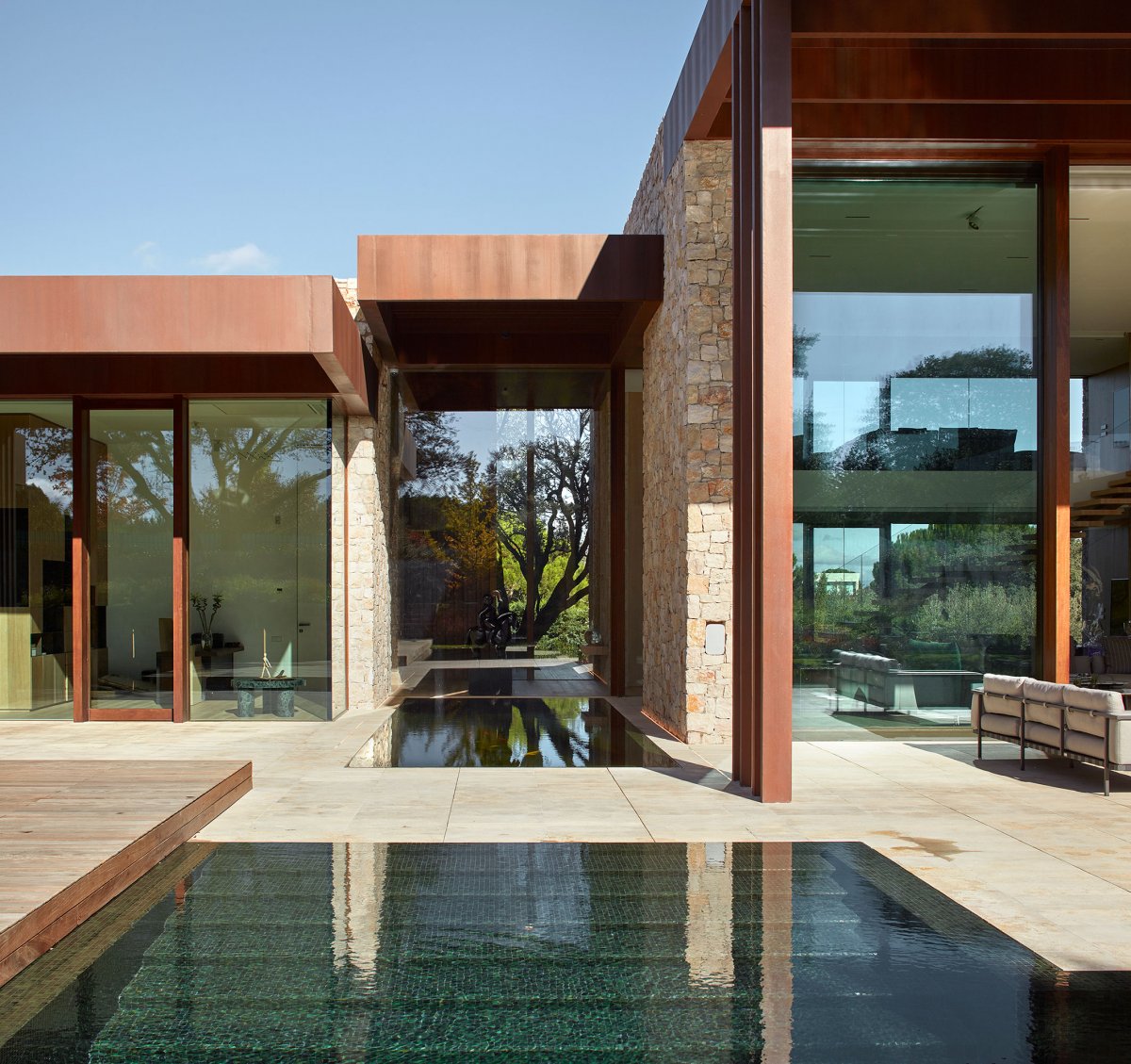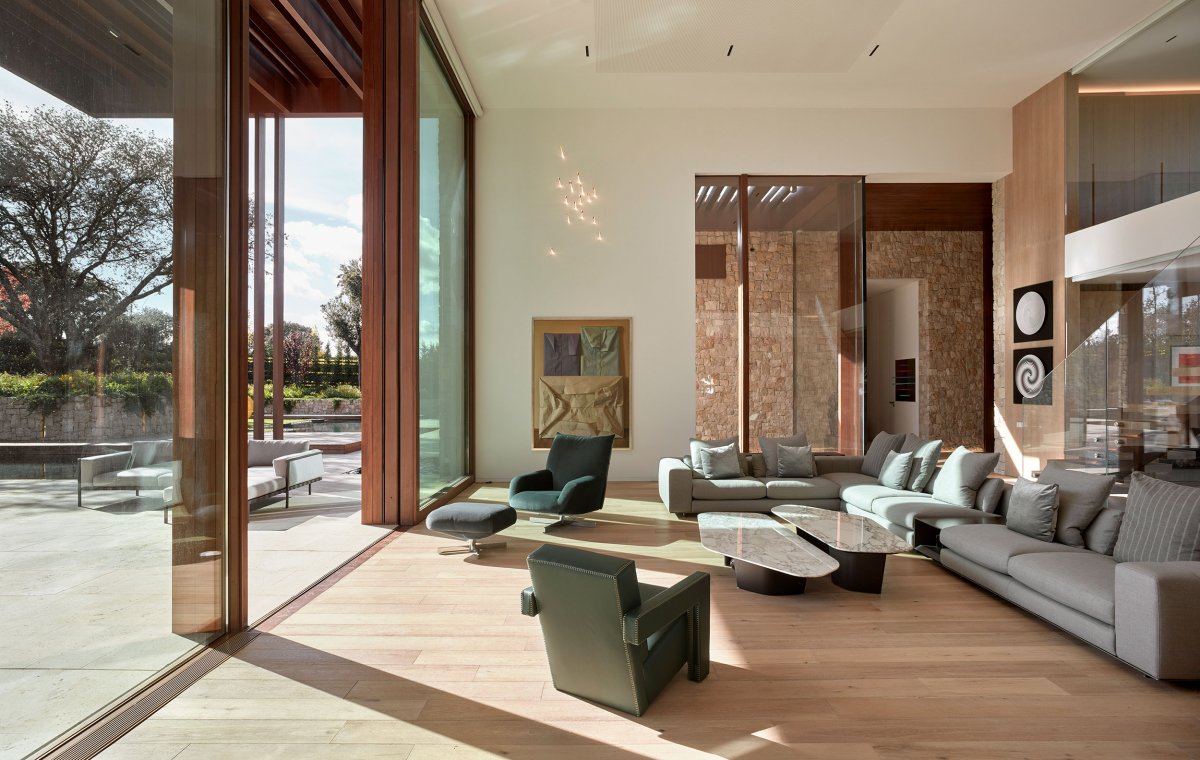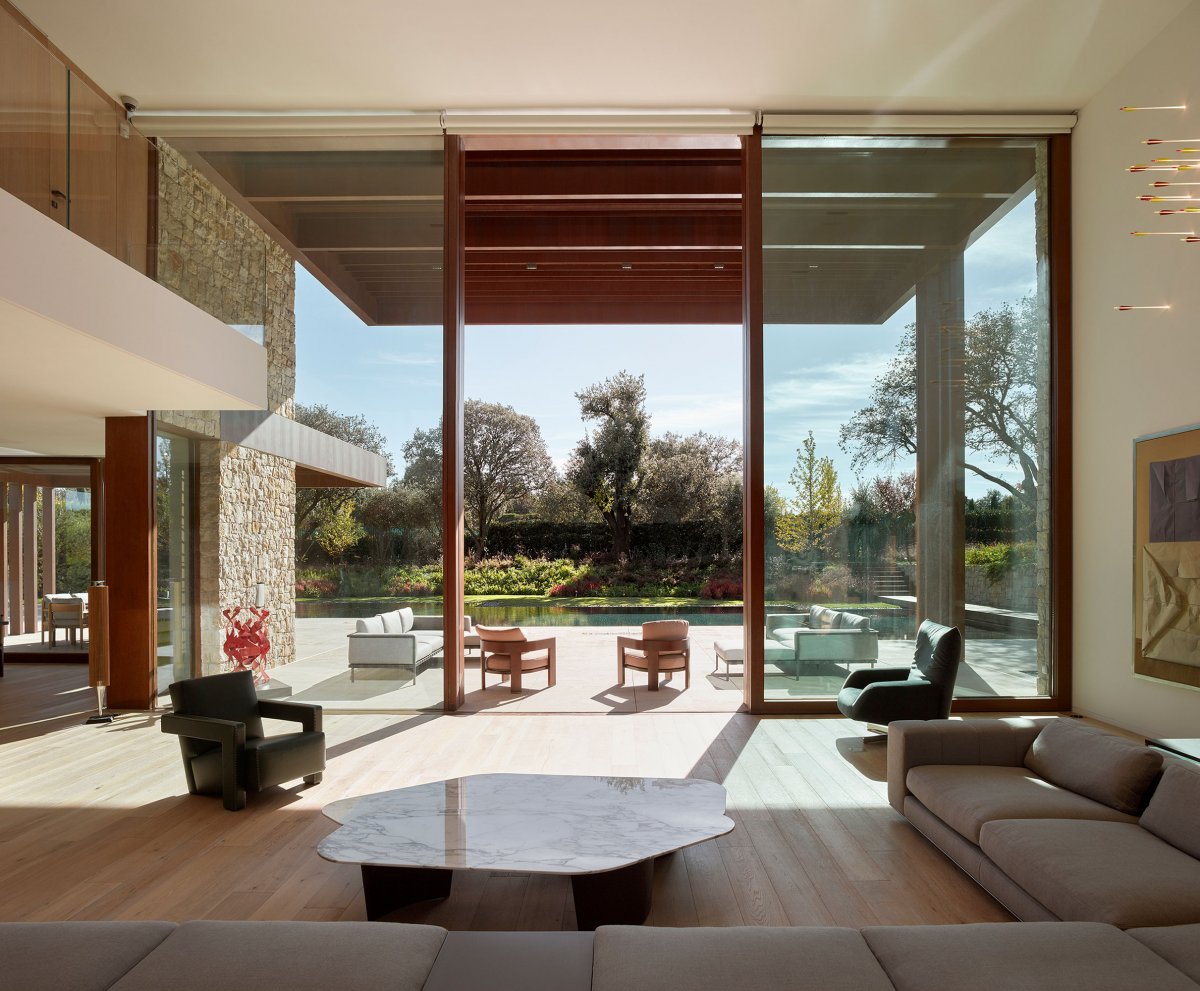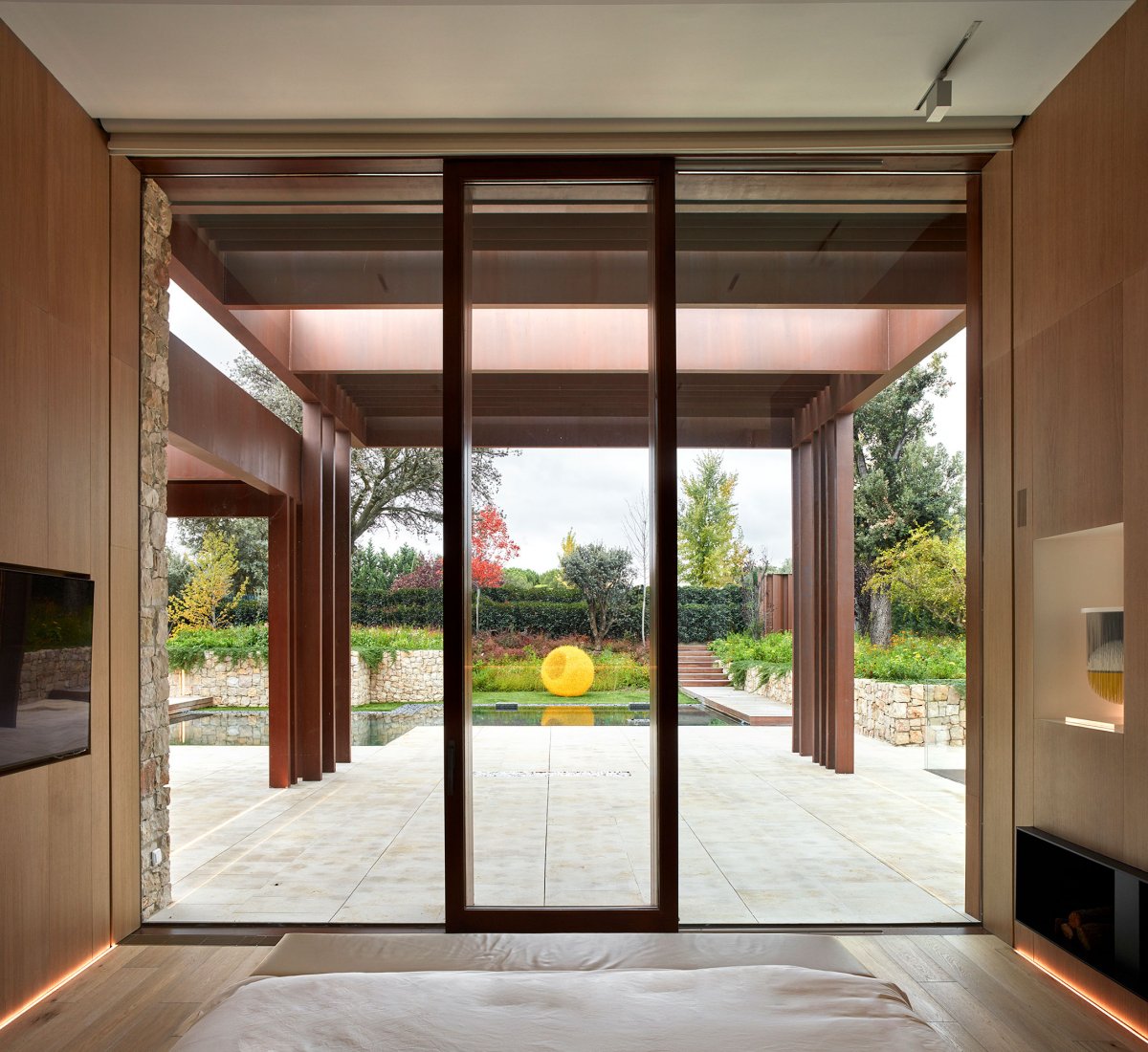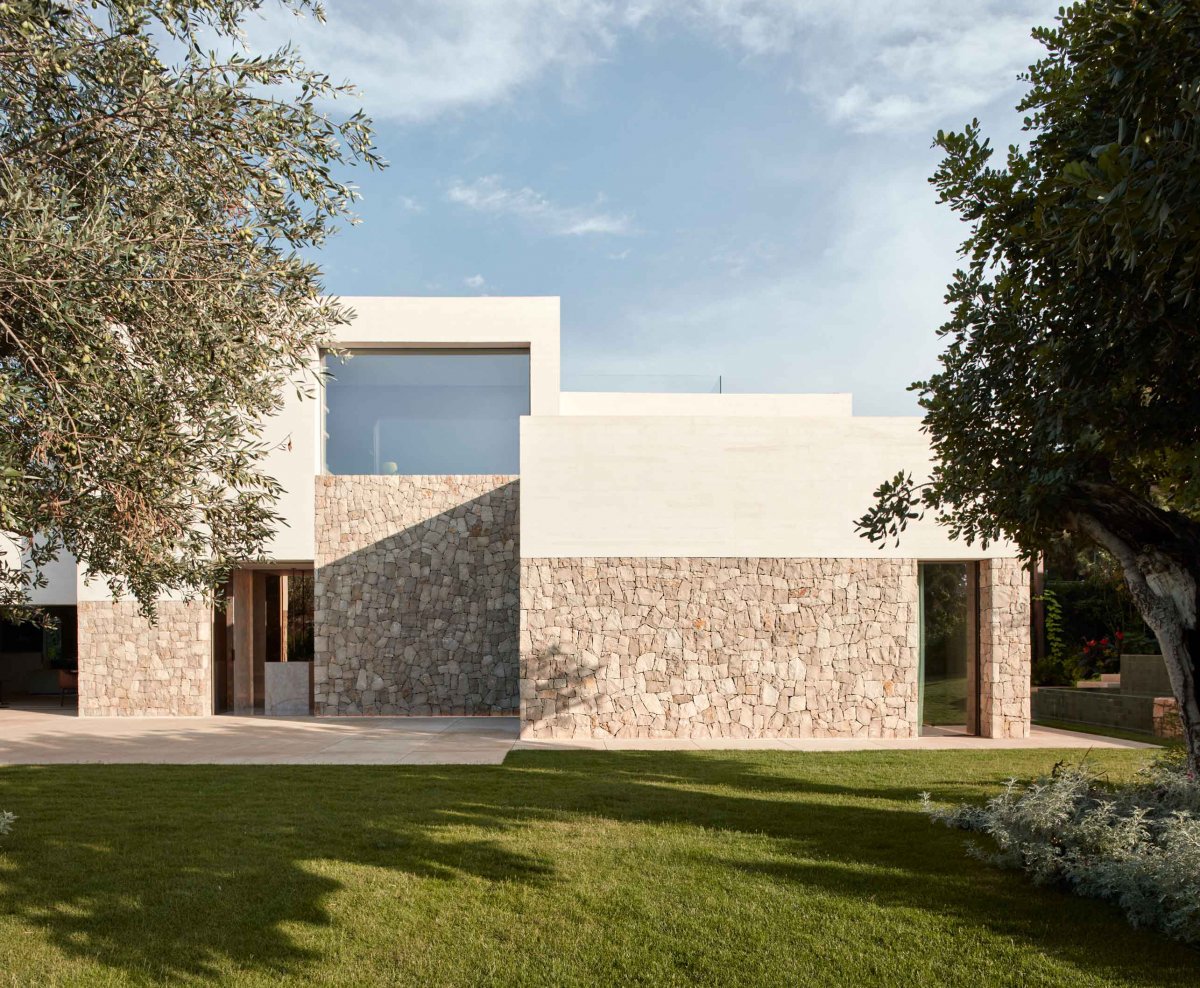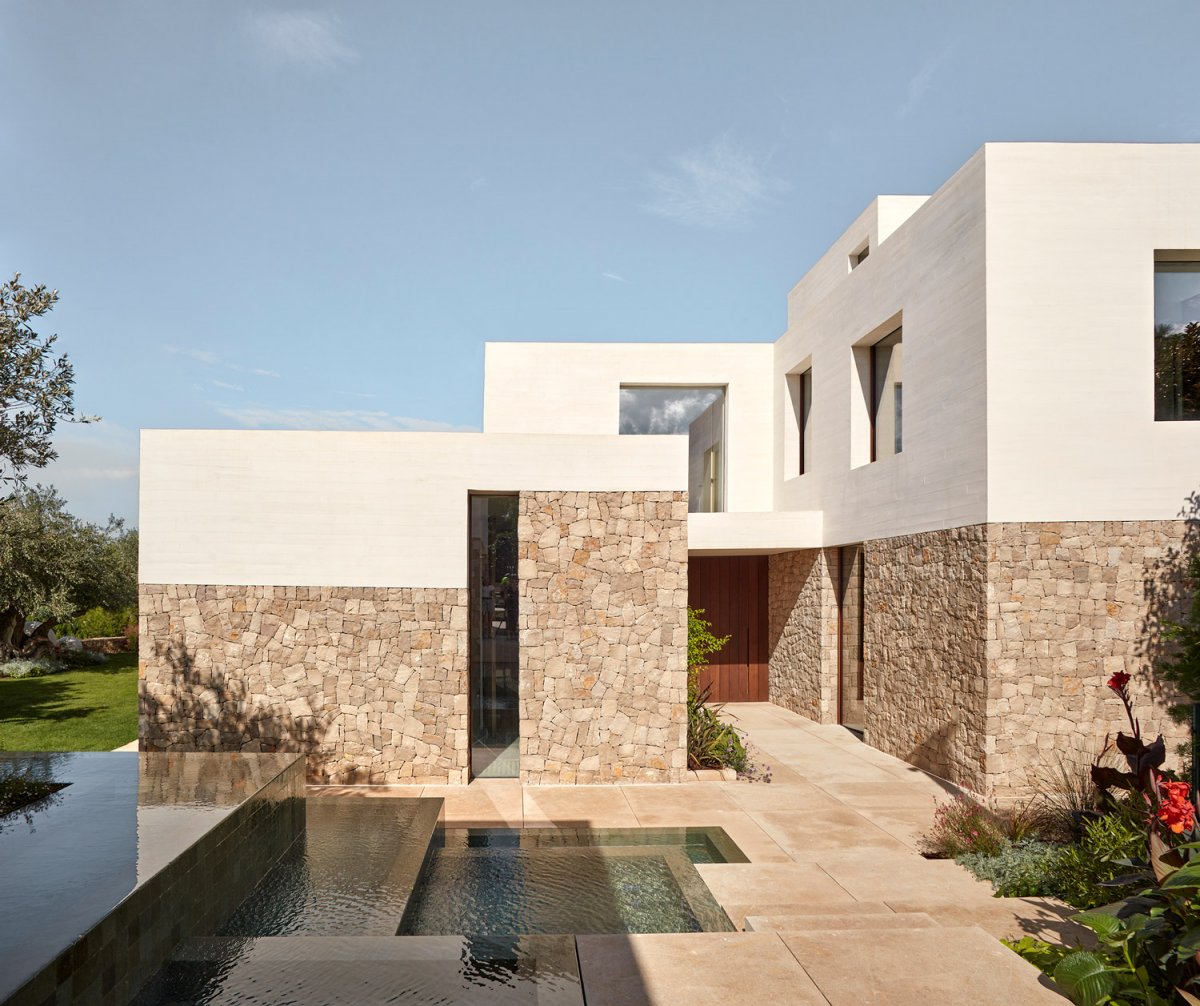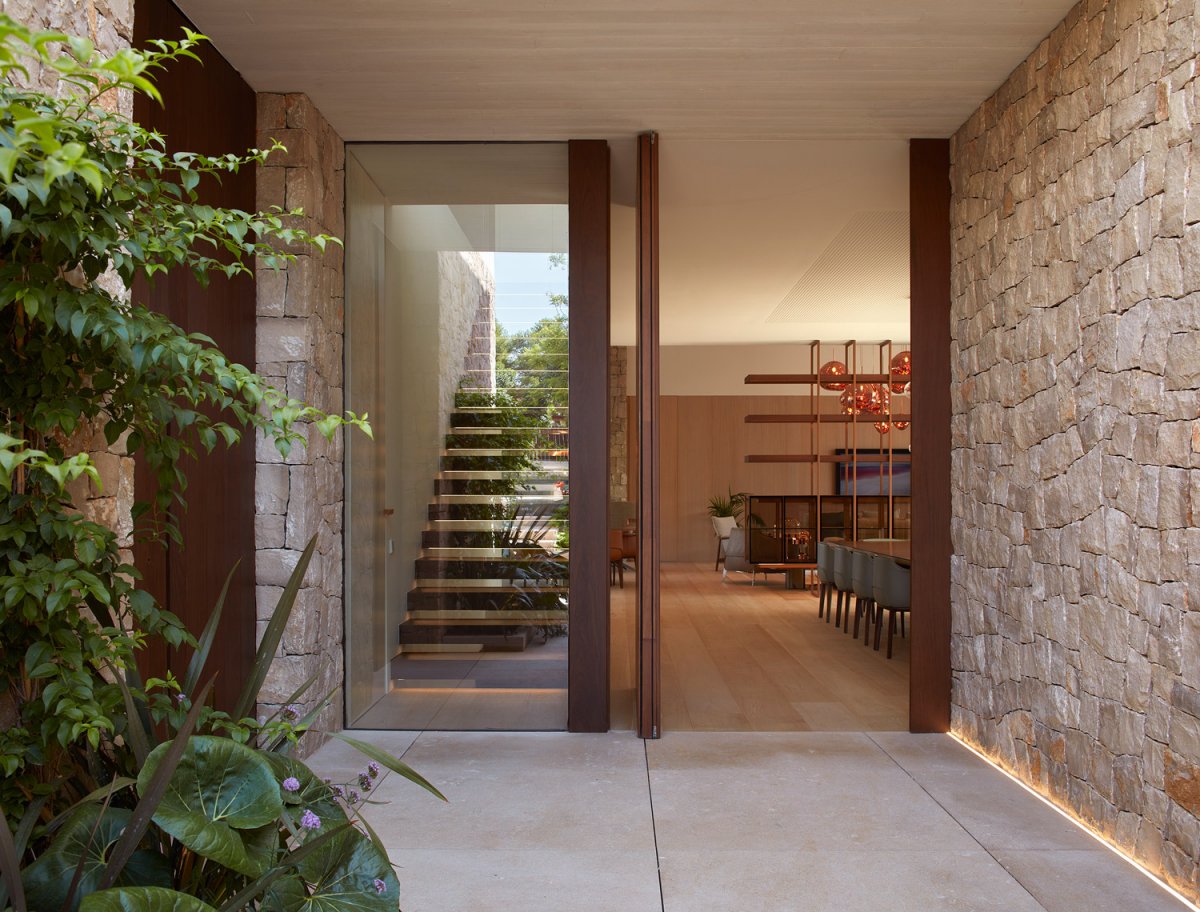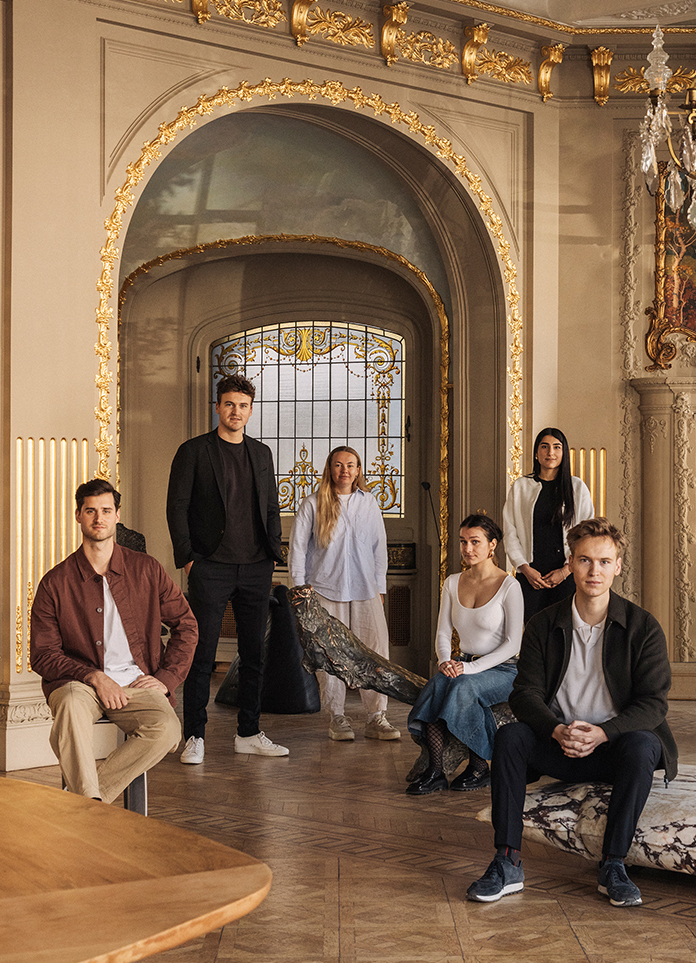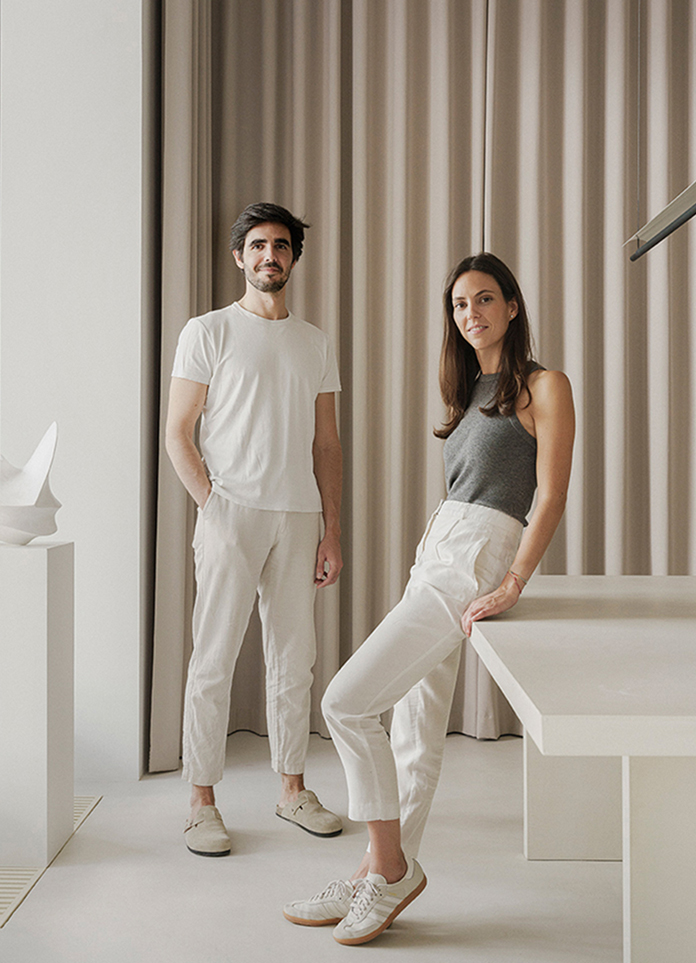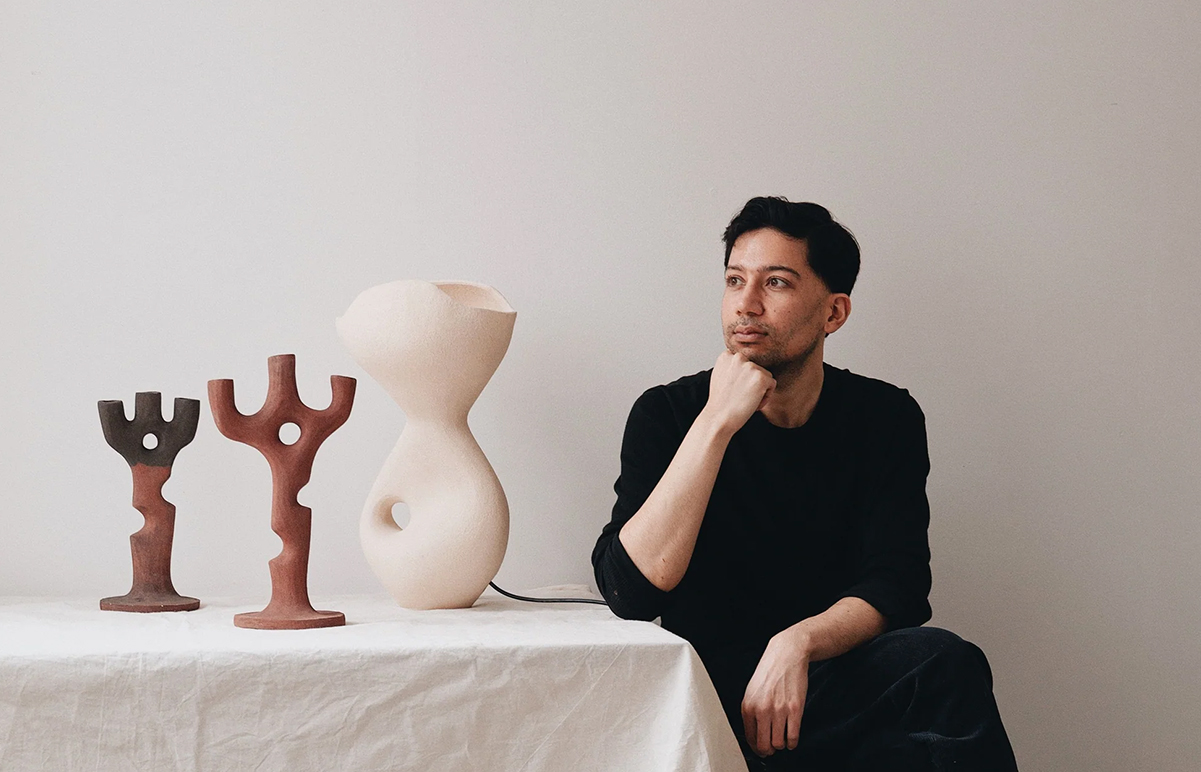
Ramón starts this open class with the design methodology of his studio. As a multidisciplinary studio, they not only delve into research but also explore everything related to life. Taking the perspective of user experience, they contemplate the vision of a luxury residence. How to design the ecosystem of a luxury home? Ramón weaves through the storyline, and design choices can unfold within the elements of landscape and architectural design. In his luxury home designs, he is deeply influenced by the architectural master Frank Lloyd Wright, emphasizing the organic nature of architecture and moving away from mechanization and industrialization. At the same time, he is also greatly influenced by Utzon's concept that "architecture is a complete art."
Q1:"Water plays an important role in a house." In fact, most houses in China are still flat-floor. How to deal with the relationship between water and indoors in a flat-floor building? Are there any better expressions and insights?
This question is very interesting. The house in Rome is a private residence, but it's not an ordinary one. It's fascinating to integrate water into the architecture. As you can see, some of the things I do to integrate water into the architecture are things like swimming pools, but even an outdoor hot spring or a small fountain, I believe, can be very interesting. As I mentioned earlier, architecture is multi-sensory, and sound is crucial. I don't know if you've noticed, but in that project in Rome, there's also a fountain. Why did I design it this way? Because a small fountain, even though it takes up a very small space, the sound of the water can take you away from the city. I think, in houses in the city, water should be used more because its sound can isolate us from the hustle and bustle of the city.
Q2: In different design projects, the material selection seems to be minimalist. Do you have any experience to share about materials?
I like using concrete because it is structural. I try to make the architecture achieve more with less, using minimal resources for maximum effect. With concrete structures, you can use one color and the texture of the completed parts, so I don't need another color or texture. In this sense, I am seeking the concept of structuralist architecture.
What I want to emphasize is that I am open to all materials and structural solutions, but many projects are completed in the surrounding areas, and local infrastructure is crucial to me. Where my projects are, I build with local elements. We have a very good concrete industry here, and steel, wood, and marble are all very good. We have traditions of using these materials, but concrete is not one of them because it is a modern material. However, there are traditions of painting walls with paint and using bricks, and we have also used bricks to build houses. Before I go to a place, I try to use the materials of that place as much as possible. But the choice of materials is also related to culture and landscape. Thirdly, the choice of materials is also related to infrastructure, that is, what materials are suitable for the region. When we talk about the Rubíleo project, I mentioned that I found a blacksmith who did forging particularly well, so the forged part was done by him at that time.
Q3:Among the design masters introduced at the beginning, who has had the greatest influence on you? In what way has it had the greatest impact on you?
I think among so many masters, it's Frank Lloyd Wright. It's because of his organic architecture and the way he uses materials. He always uses local materials, such as stone and wood, and employs craftsmanship. Although some of his buildings and styles may not be very similar, he is a practitioner of naturalism, especially in residential construction. Because in this lecture, I mostly talked about residential architecture, although we have done many other types of buildings, the forms I prefer are more fragmented spaces. As I mentioned earlier, when small residential spaces are divided, the fragmented space increases exponentially. Fragmented spaces also create small corners, where different living scenes can emerge. Sometimes, a continuous, monotonous space is not as evocative as a more fragmented space.
- Architect: Ramón Esteve
- Photos: Mariela Apolonio
